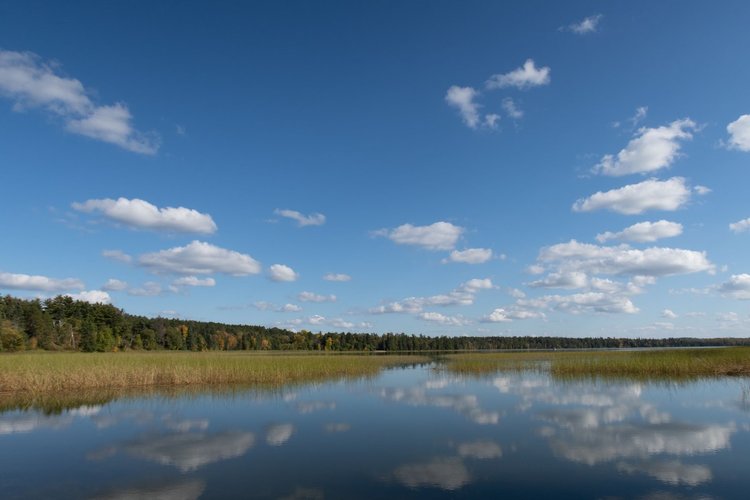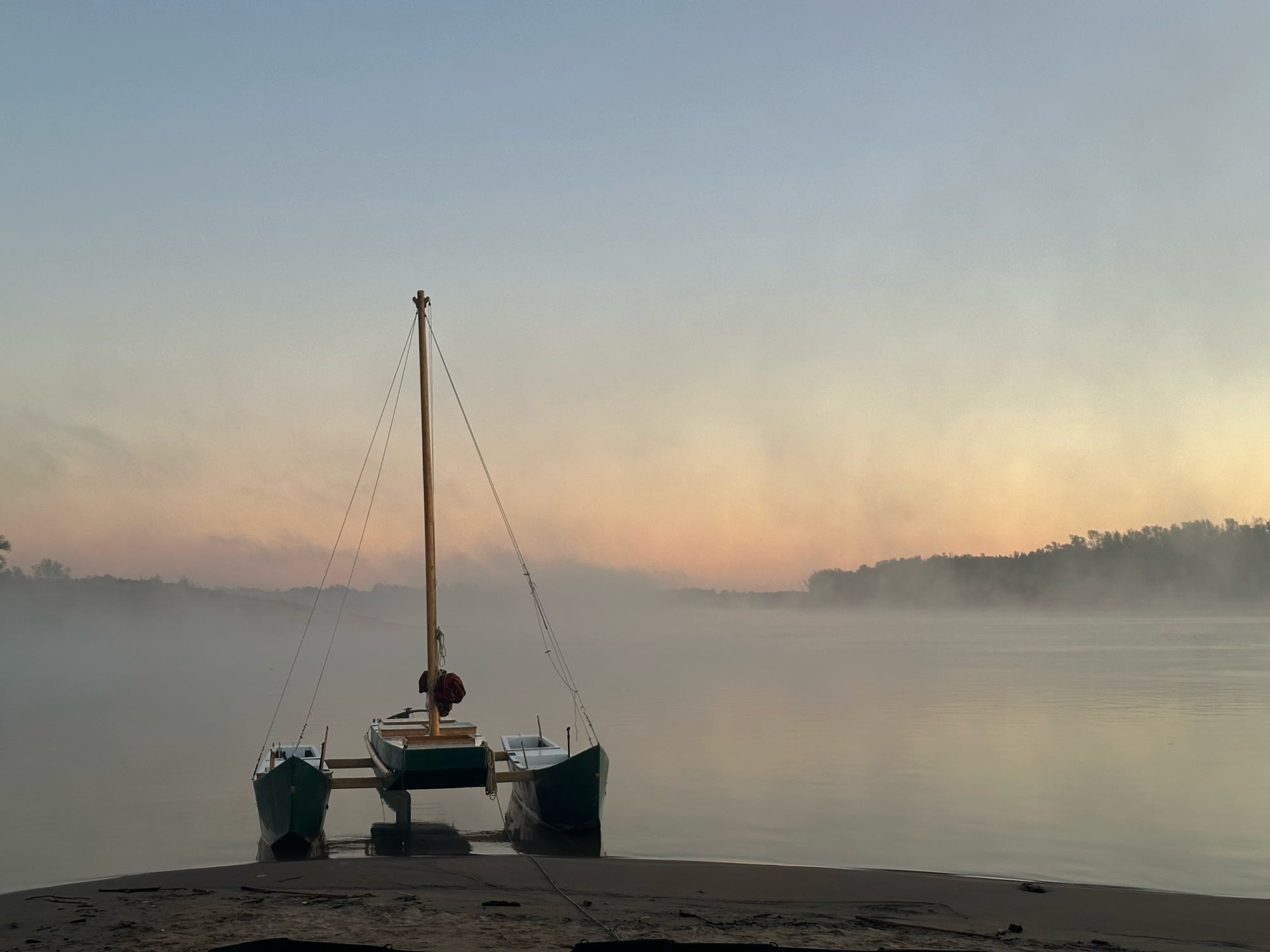
The black willow steadily and thoroughly lines the southern banks of the Mississippi River. The soft flesh from beneath the dark, black bark holds a chemical that was originally processed to make aspirin. Many native people, including the Chocktaw, Cherokee, and Seminole scrape and chew the inner bark of the young willow for pain relief and hundreds of other cures. In the 19th century, German pharmaceutical giant Bayer¹ began to synthesize the chemical, patententing the recipe for a chemical that is readily available in much of the batture land and swamps of the Mississippi. Black willow bark is also perfect for cooking. Wrapped around a piece of flesh or a vegetable, the sinewy bark will soften, smoke and moisturize food, infusing it with the fever reducer held in its bark as well.
The fourteen of us that made up the core group of the River Semester used black willow leaves once to smoke a fifteen pound brisket on the river bank. Emulating an idea told to me by Clarksdale-based river guide John Ruskey, we placed the slab of meat atop a bed of coals on a platter of willow leaves collected from around camp. The result was chewy and sinuous: the nine students' exhaustion hastened the cooking of the meat by a few hours, so while it was cooked through, the meat still held onto its muscular integrity. It had been a hard, cold day of paddling on the lower river, and eating brought back an ounce of strength to each of us. Spirits lifted, followed by a slow hike to the top of the small sand dune near camp, where a view of the massive DOW chemical plant gave a skyline to the horizon.
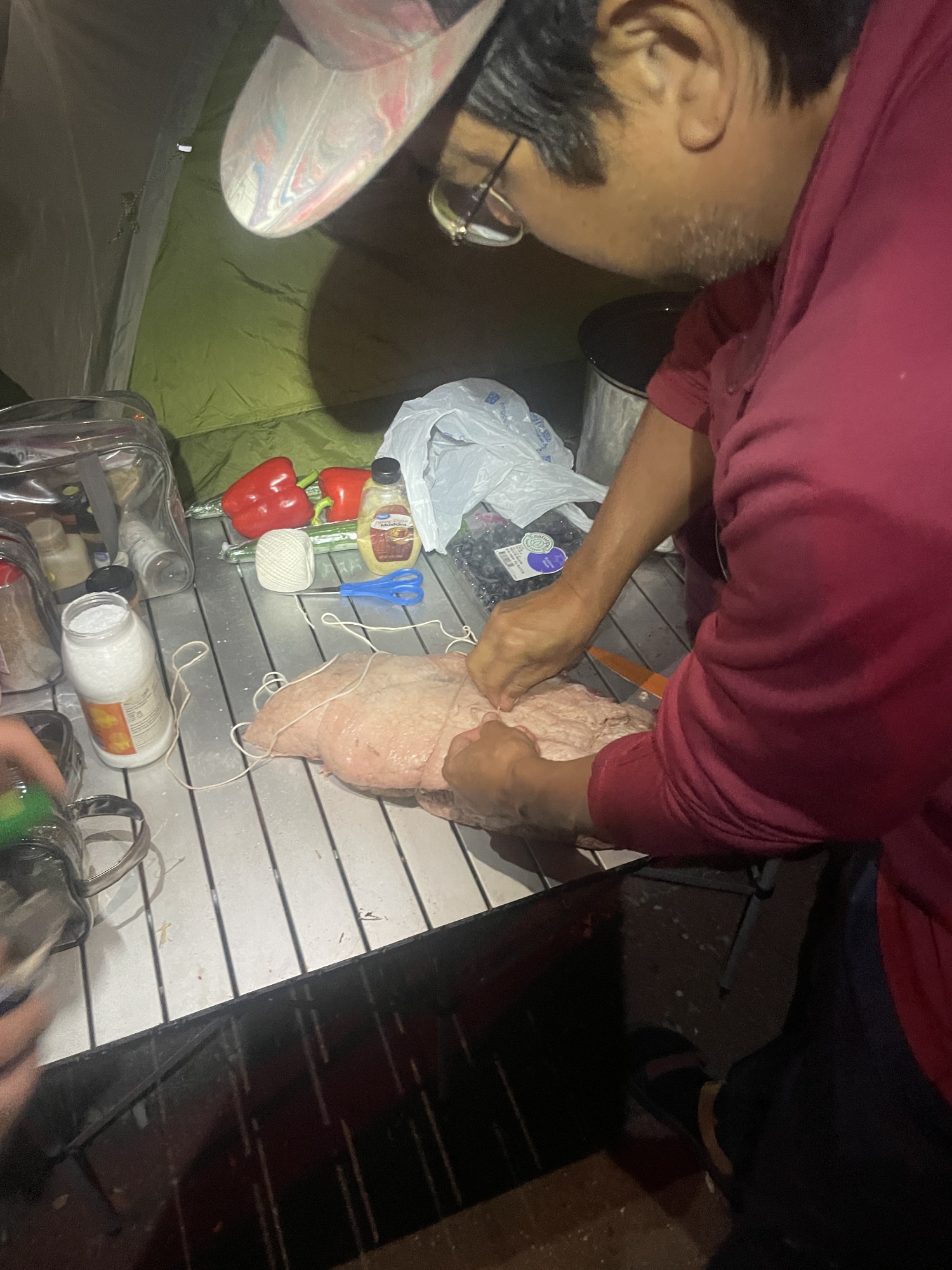
Because of the group’s fascination with medicinal plants and herbs, we heard and repeated a phrase many times throughout the trip: "everything you need to live is around you.” Black willow seemed to be a prime example of a way to live this ideal.
I was interested why, in our group, phrases like "food is medicine" “plants are medicine” and "everything you need is around you" were foundational in our understanding of the river classroom. We tacitly agreed to use these ideas as a base for our research projects, as we met many activists and scholars who echoed these parables in their own words. These ideas belong to the environmentalist context that the River Semester found ourselves in, more aligned with modern Indigenous values and worldview. The nature of these beliefs speak to a moralization of food and medicine in American society today.
Wendell Berry designates two hubs of knowledge in his essay Local Knowledge in the Age of Information, the cultural, academic knowledge of the urban "center" and the local, usually ineffable knowledge of the agrarian, rural "periphery." He writes that while urban centers of knowledge are prioritized in policy making and formulating cultural ideals,
All human economy is still land-based. To the extent that we must eat and drink and be clothed, sheltered, and warmed, we live from the land
…
A predominantly urban population that is contemptuous of the working people of the farms and forests cannot know enough about the country to exercise a proper responsibility for its good use. And ignorance in the center promotes ignorance on the periphery. Knowledge that is not properly valued decreases in value, and so finally is lost.²
Food and land are intrinsically linked; what moralizes one mirrors a moralization of the other.
The urban center (with which nearly the entire River Semester was closely acquainted) upholds a fantasy that the periphery will always keep the land productive, that all resources are abundant to further moralize how we understand and value food. When we see the monocultures of the large-scale farmer, we say their devaluing of the land makes them bad, and those who buy those foods in city centers are bad as well, or at the very least ignorant. Even small scale farmers, who struggle to afford an organic growing process, are scorned by academics, who know how to make (a very generalized) productive land. To combat these evaluative tendencies that lead to a moralization of food, Berry calls for conversation between the rural and the urban. Our group's statements above aren't literally keys to survival, unless we were all to convert to an agrarian lifestyle, but they do reframe how we value food, rural knowledge, and the land-based (as opposed to information-based) economy. But they have not even begun to enter into a central conversation.
Instead, the conversation surrounding healthy and "good" food occupies itself with moralizing buzzwords and phrases. In her 2021 book How the Other Half Eats, sociologist Priya Fielding-Singh refutes existing scholarship that says food inequality in America can be explained by "the fact that healthy food was more expensive and farther away from lower-income folks than wealthier ones.” Fielding-Singh argues that our choices of diet go beyond socio-economic metrics, and the price and proximity/food desert narratives oversimplify and moralize the chosen diets of many, predominantly Black and brown Americans. Fielding-Singh shadowed four families of different racial and socio-economic backgrounds living in the California Bay Area for a year to try to understand the psychological and financial factors that go into deciding how we choose what we feed our children.
The onus of shopping and feeding fell mostly on mothers across socio-economic boundaries and (along with lack of time and children's pickiness) food industry advertising (especially what is advertised to children) is one of the strongest forces that governs what children end up eating. Fielding-Singh also noticed racist narratives surrounding dietary discourse, fetishizing kale over collard greens, and how changing narratives of food can influence the very meaning of food itself for families. Her solutions, beyond affordable housing and a living minimum wage, ranged from stretching federal dollars and incentivizing the purchase of nutritional foods to banning the food industry from marketing to children.
Using Wendell Berry's words, "food is medicine" values a knowledge of food that the buzzwords of "price and proximity" simply do not. What we eat is an important part of our individual identity formations, where what is deemed "healthy" and "good for you" is increasingly moralized. Paying attention to our stories of food and how what we eat brings us in community with others, and counteracts isolation and siloization. Our stories of food give us our individual responsiveness to the environment and each other, describing what and how we eat clarifies the social function of food and our environment. We are bound, to a certain extent, to make evaluative judgements about ourselves based on the diets of our children. The goal is to realize that cultivating a culture of localized eating (a cultural, familiar connection to the food you consume rather than a generalized), rather than one of dieting, restriction, and fear, is how we reach a healthier relationship to food. This begins with valuing stories of food and recipes. How can we work for a better world without full bellies and good stories of food? How can a population that incentivizes against the local knowledge of good food and healthy eating have knowledge on how to live well?
I remember an interaction between a fellow river semester student, Cece, me, and several bored employees at an empty grain loading facility in Lake Providence, Louisiana. The plant was out of commission because the record-breaking low water line deemed the small canal that led from the river to the plant unnavigable for barges, limiting traffic to our two, relatively tiny catamarans. The plant operators and employees had no steady work, and an eerie quiet settled over the concrete shore.
One of the managers of the facility brought Cece and I to a water tap so we could fill up our eighteen, five-gallon water bladders. While we filled the bladders, the manager asked us the familiar line of questioning ("So what's been your favorite place so far?" "Has anybody fallen in yet?" "What kind of school do you go to?" "Do you eat anything good?") with the mix of admiration and disapproval to which we had become accustomed. As she spoke, workers appeared from seemingly nowhere from the facility's quiet grounds. She would catch each up to speed, and they would ask us the usual questions, usually surrounding food or the water quality of the river, until one squat elderly man in a welder's cap and grimy denim shirt approached the group slowly, with a cigarette in the side of his mouth. "These kids are rafting down the river!" the manager told him. "Catch anything yet?" he said. Huh? "Catch any fish!" Not yet, no. We've been trying. "You've gone down the whole river and ain't caught a fish yet? HAW!" He huffed and reached into his pocket and pulled out a worn velcro wallet. Sliding out a ten dollar bill, he said "Go out and buy a fish at the supermarket an' tell you group that you caught it. Ain't no way you can float down the River and never eat a damn fish caught in it" and sauntered off. For him, to give us this bill to eat good food seemed to go without saying. The first woman turned to me with a look of pity and satisfaction and said, "Don't mind Bill, honey. He could catch a catfish in a mudhole."
What follows is a series of stories and recipes taken from our trip down the Mississippi. Some of these stories are recounted from others’ experiences, others are my own, but every recipe was made and (at least partially) invented by us, using our limited equipment and access to fuel, water, stable surfaces, and a roof. Keep in mind that many of these instructions aren't complete. In the case of gutting a catfish, for example, the process is much more intensive and difficult if all you have is a serrated knife. For those with a furnished kitchen, gutting a catfish will look very different, and probably much easier. The story accompanying each recipe is just as important as the recipe itself, if not more important when it comes to understanding its importance, and describing the ingredients' value to us.

Stories and Recipes:
Wild Rice: The Three Sistsrs
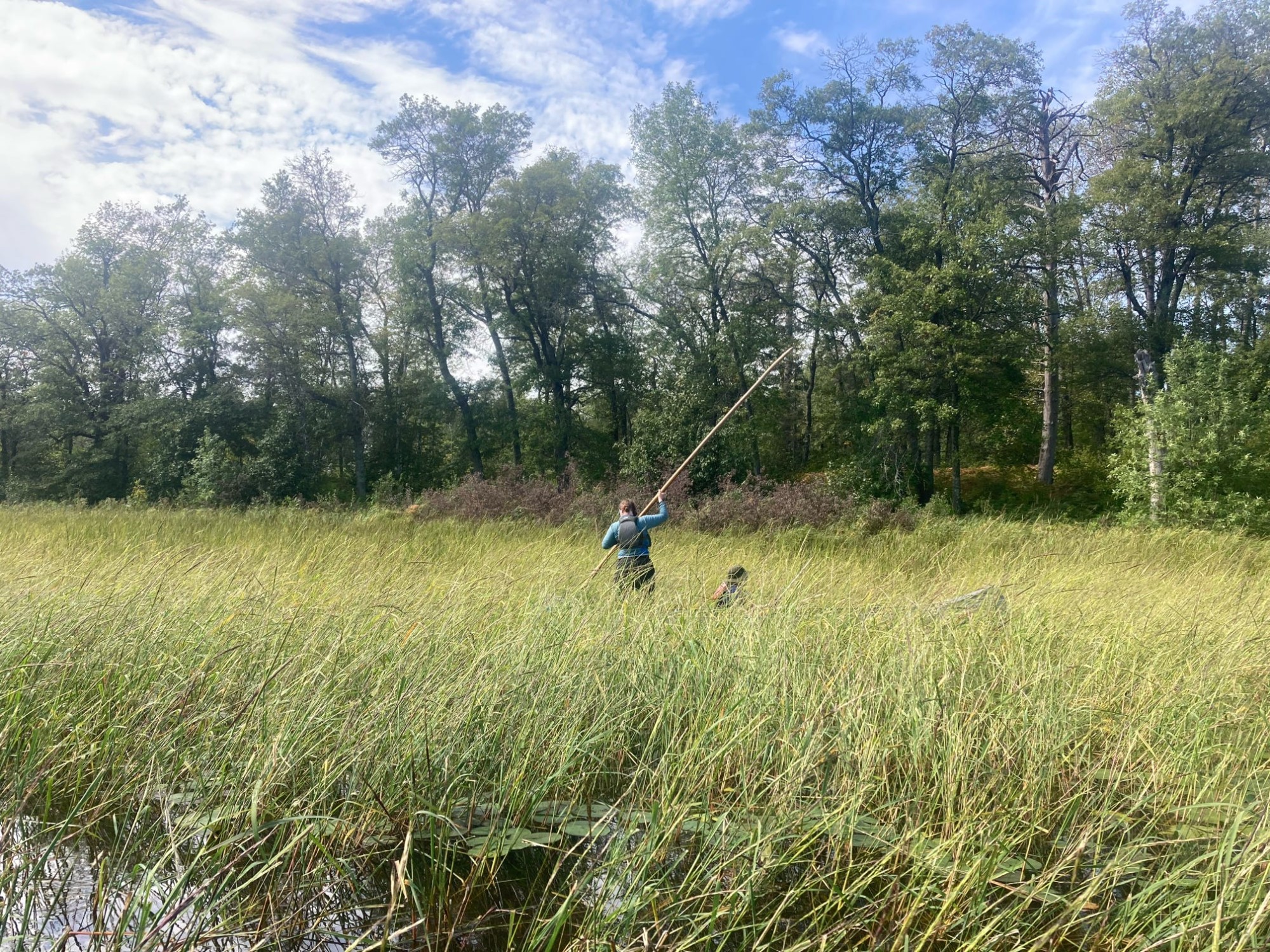
Persimmon Pudding; Wild Persimmon
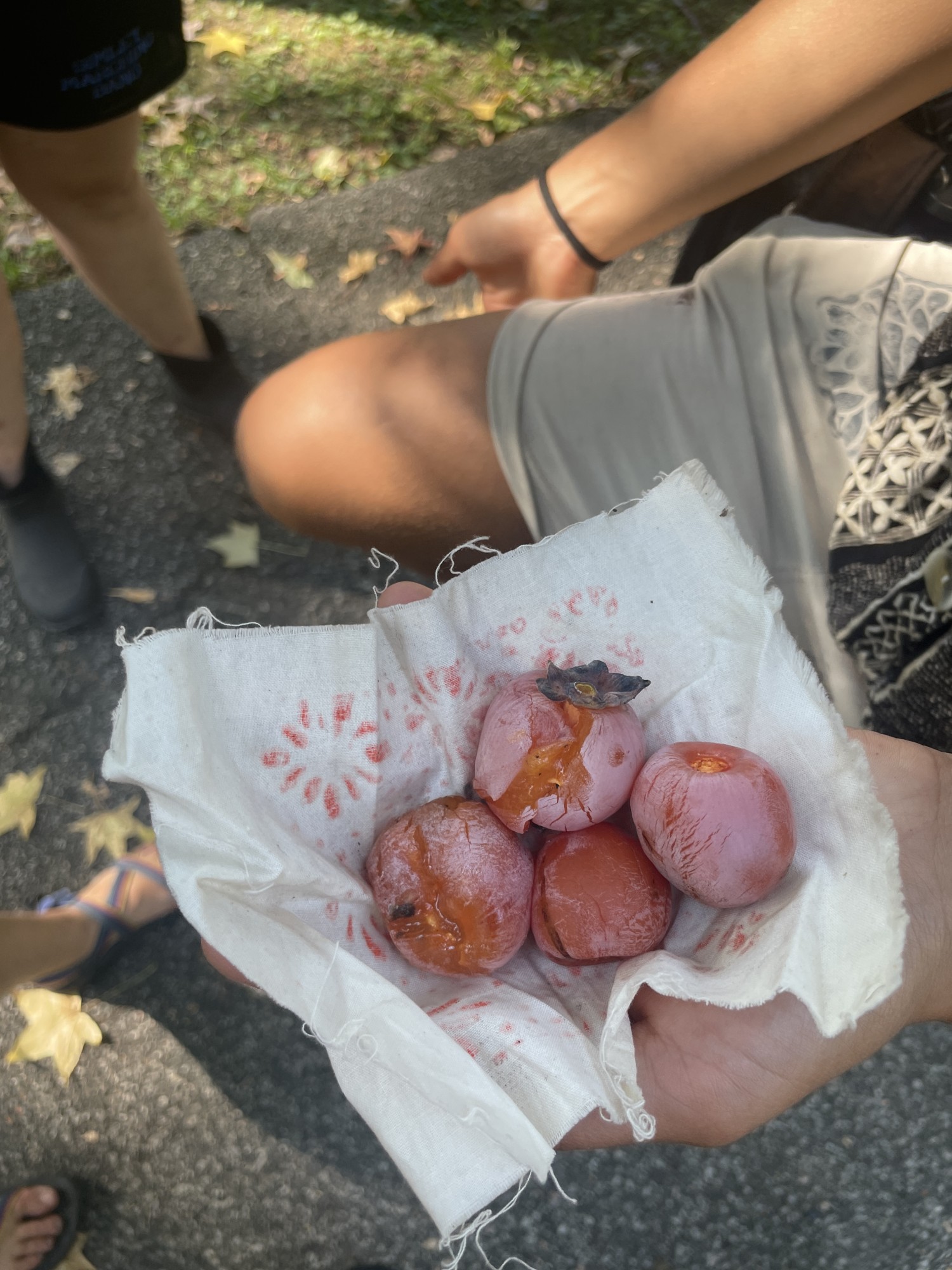
Farmers Markets, Community Gardens–Fighting Deserts with Greens
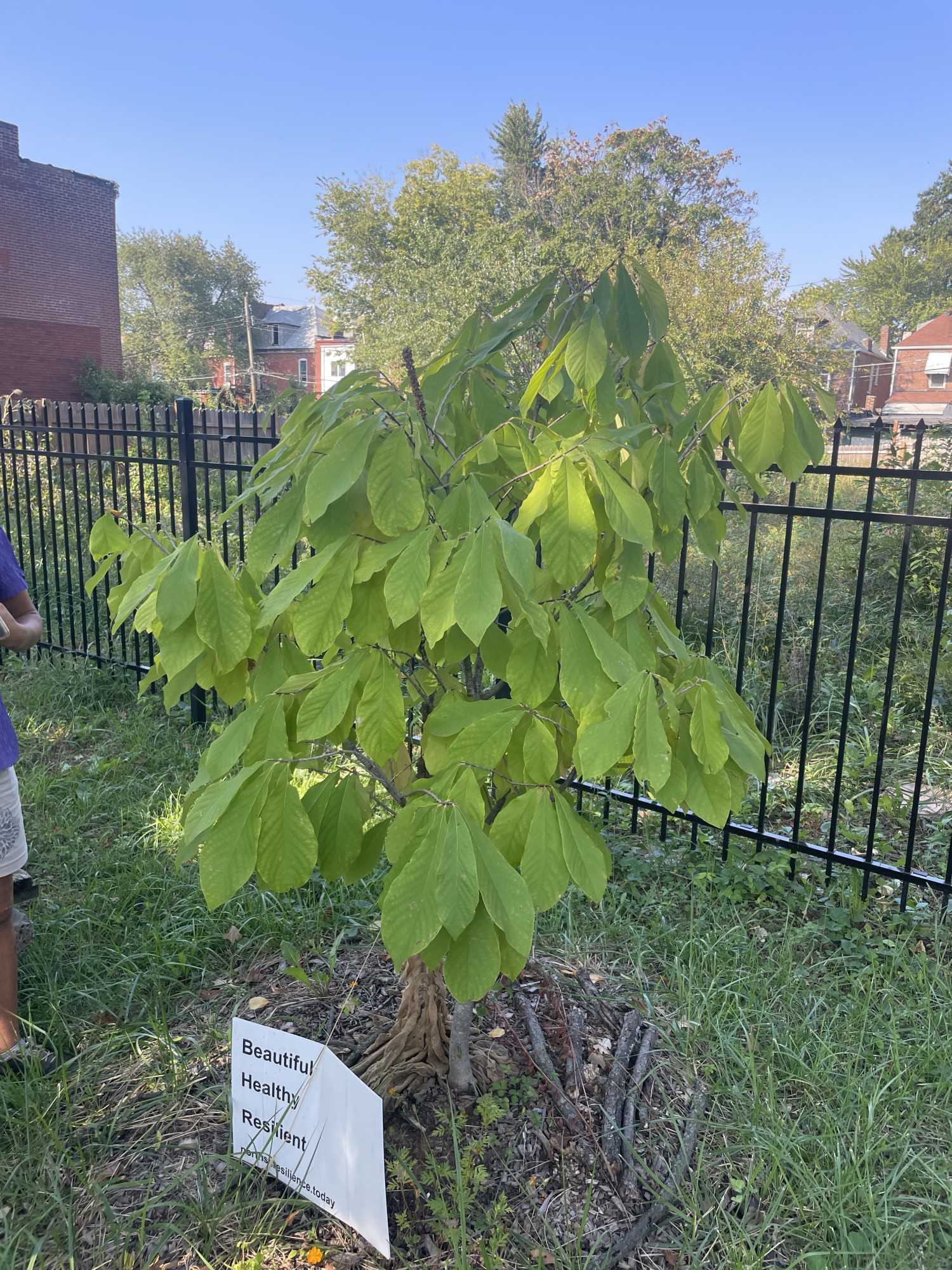
Angola Catfish
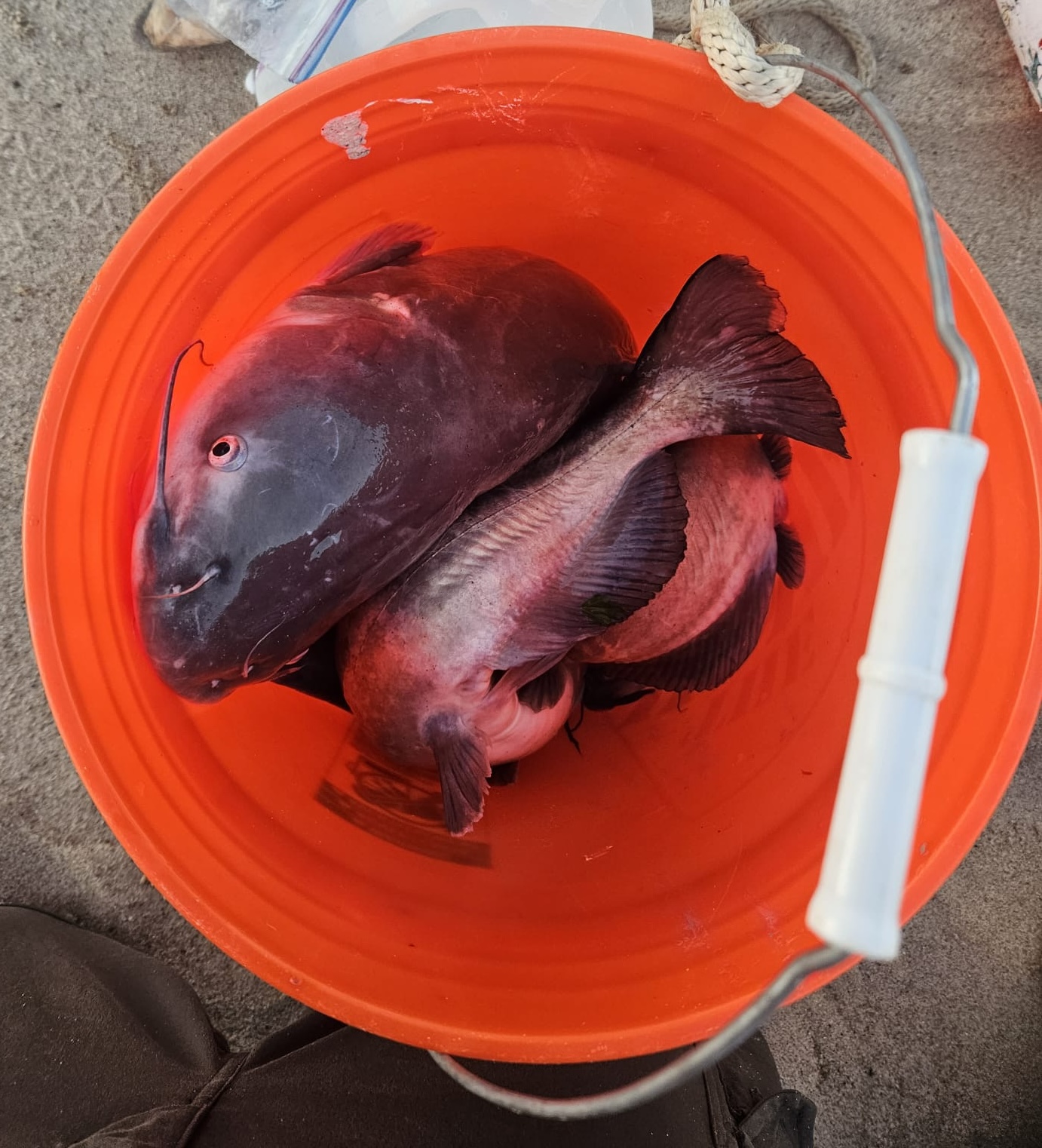
Bayer has another connection to the Mississippi too–they own Monsanto now, whose headquarters are located near the confluence of the Missouri and the Mississippi. Farrell, M. (2023, December 6). Years after Monsanto deal, Bayer’s Roundup Bills keep piling up. The New York Times.
Berry, Wendell. “Local Knowledge in the Age of Information.” The Hudson Review 58, no. 3 (2005): 399–410. http://www.jstor.org/stable/30044790.
Fielding-Singh, P. (2021). How the other half eats Priya fielding-singh. Little, Brown and Company.

